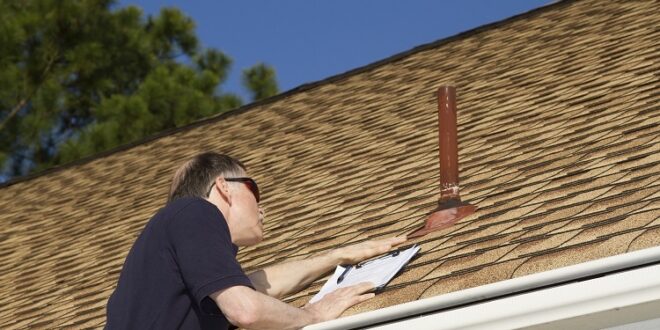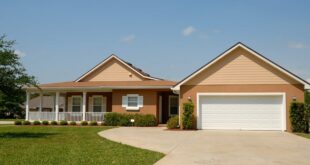Home inspections in Duval generally don’t cover the roof. This doesn’t mean the roof is neglected and not focused on. On the contrary, roof condition is a vital part of the home inspection report. That said, home inspectors are not required to go up to the roof according to their standards of practice from national associations. Ever wondered why that is so and how inspectors check the roof? Let’s find out.
Why don’t inspectors go to the roof?
Home inspections don’t really require the inspectors to physically inspect the roof. More often than not, it is a personal choice from the inspector involved. The reason for this is the risk involved. It is easy to get hurt when physically inspecting the roof—anything from slippage to breaking the roof.
The federal job safety agency, OSHA, has job safety rules that clearly state that home inspectors must not work at a site that’s more than 6 feet off grade without the necessary gear and accompanied by trained technicians. This means small-time inspectors cannot afford to go up on roofs steeper than 6-in-12 slopes. Since most insurance companies recognize OSHA rules, if any accident happens during a roof inspection, an insurance claim is less likely to be accepted.
Moreover, today we have dedicated roof inspections and inspectors. Therefore, most home inspection companies expect their inspectors to not put themselves in danger. All of these factors make most home inspectors think twice about physically inspecting the roof.
How do inspectors inspect roofs?
When physically inspecting the roof is not an option, how do inspectors check the roof condition? Here are three ways they do this:
- Binoculars: A good pair of binoculars can help home inspectors get a good look at the roof and its condition from afar without any risk. Even from the ground, the inspector can see the shingles, flashing, and other roof parts with ease.
- Ladder: Yet another effective method is inspecting using a ladder. A ladder gives an inspector easy physical access to most parts of the roof without presenting any danger. The condition of the fasteners, the gutter system, and more can be inspected using a ladder.
- Drone: One of the recent additions to safe roof inspection options is drone inspection. When a ladder and a binocular are not viable options, drones can give a better view of the roof and its condition.
Conclusion
Inspecting the roof can be especially challenging, with all the risks involved—inspectors may slip or the roof itself could collapse under the weight. However, some determined inspectors venture out to physically inspect the roof. That said, most inspectors today choose drone inspection, binoculars, and a ladder to look at the roof. This way the final report remains accurate without involving any unnecessary risks.
 HammBurg Be informed with latest news, reviews, entertainment, lifestyle tips, and much more.
HammBurg Be informed with latest news, reviews, entertainment, lifestyle tips, and much more.




